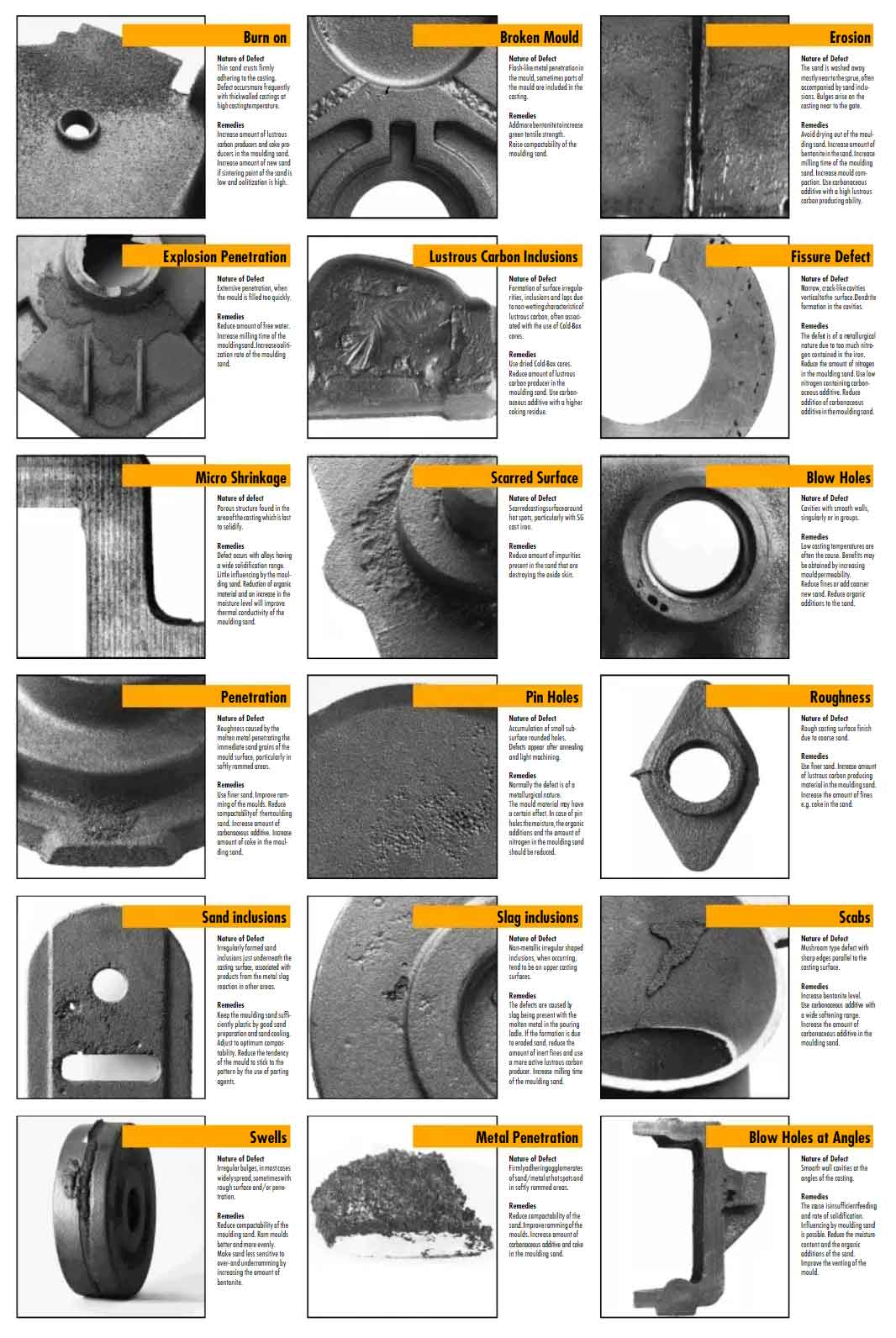Porosity is a common defect that occurs in casting processes and is characterized by the presence of voids or gas pockets within the cast metal. These defects can significantly weaken the castings and compromise their structural integrity. In this article, we will take a closer look at porosity, its causes, and some effective measures to tackle gas-related casting defects.

- Types of Porosity:
- Gas Porosity: This type of porosity is caused by the entrapment of gases during the solidification process. The gases can be either dissolved in the molten metal or generated through chemical reactions.
- Shrinkage Porosity: It occurs due to the inadequate feeding of molten metal to compensate for solidification shrinkage.
- Microporosity: Microporosity refers to tiny voids that are not visible to the naked eye. It is often caused by the solidification of the metal under high pressure.
- Causes of Gas-related Porosity:
- Moisture and Volatile Materials: Moisture, such as water vapor or steam, and other volatile materials like binders or coatings, can release gases during the casting process.
- Inadequate Degassing: Improper degassing of the molten metal can lead to the presence of dissolved gases, which can cause porosity during solidification.
- Mold and Core Materials: Certain mold and core materials may release gases when they come into contact with molten metal.
- High Pouring Temperatures: Excessive pouring temperatures can cause the breakdown of refractory materials, resulting in gas generation.
- Improper Venting: Inadequate venting of the mold cavity can prevent the escape of gases, leading to their entrapment in the casting.
- Tackling Gas-related Casting Defects:
- Proper Mold Design: Designing the mold with appropriate feeding and gating systems can help ensure a smooth flow of molten metal and minimize the chances of gas entrapment.
- Controlled Pouring: Maintaining the pouring temperature within the recommended range and pouring the metal in a controlled manner can prevent the introduction of excess gases into the mold.
- Effective Degassing: Implementing efficient degassing techniques, such as vacuum degassing or the use of suitable degassing agents, can help remove dissolved gases from the molten metal.
- Venting and Risering: Adequate venting of the mold and the use of properly designed risers can facilitate the escape of gases and provide additional molten metal to compensate for shrinkage.
- Material Selection: Choosing the right mold and core materials that have low gas generation properties can help minimize porosity.
- Quality Control: Regular inspection and testing, including non-destructive testing methods like X-ray or ultrasound, can help identify and address porosity issues early on.
By addressing the causes of gas-related porosity and implementing appropriate measures, foundries can minimize casting defects and improve the overall quality and reliability of their cast metal products.
